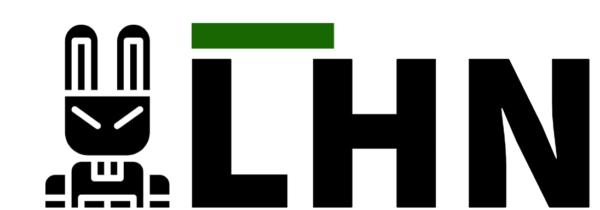In an increasingly data-driven world, the ability to collect, analyze, and utilize information is a critical edge for businesses and individuals alike. Data scraping—the automated extraction of information from websites—has become an essential tool for researchers, marketers, and cybersecurity professionals. With advancements in technology and a growing emphasis on compliance, 2025 is set to redefine how data scraping is approached. Here’s what you need to know about the latest trends, tools, and best practices, including the role of services like Ping Proxies in enabling efficient and compliant scraping operations.
The Role of Data Scraping in the Modern Digital Landscape
Custom scrapers serve a multitude of purposes, from market research and price comparison to academic studies and sentiment analysis. As the internet expands with billions of webpages being created yearly, the need for automated solutions to navigate and extract relevant information is more pressing than ever.
Key Statistics Highlighting the Growth of Data Scraping:
- The web scraping tools market is projected to grow at a compound annual growth rate (CAGR) of 10.2%, reaching $1.1 billion by 2028.
- Nearly 60% of businesses worldwide use web scraping to enhance decision-making capabilities and refine competitive strategies.
- In 2024, data scraping saved companies an estimated 30% of the time spent on manual data collection processes, equating to billions in cost savings globally.
These figures highlight the importance of web scraping as a cornerstone of data-driven decision-making.
Emerging Trends in Data Scraping for 2025
1. Increased Reliance on Rotating Proxies
Rotating proxies—services that provide users with a pool of IP addresses—are becoming indispensable for large-scale scraping operations. These tools, such as those offered by Ping Proxies, help prevent IP bans and ensure uninterrupted access to target websites.
2. AI-Powered Scraping Tools
Artificial intelligence and machine learning are transforming web scraping by enabling tools to adapt to dynamic websites. These solutions can detect and bypass anti-bot measures more effectively, making data scraping faster and more reliable.
3. Ethical and Legal Compliance
With increased scrutiny on data privacy, companies are emphasizing ethical scraping practices. Tools now incorporate features to ensure compliance with regulations like the General Data Protection Regulation (GDPR) and California Consumer Privacy Act (CCPA).
4. Scraping for Cybersecurity
Web scraping is increasingly used in cybersecurity for threat intelligence, detecting phishing sites, and identifying exposed credentials on the dark web. This use case is driving demand for secure and high-performance proxy services.
Best Practices for Effective and Compliant Data Scraping
As the data scraping landscape evolves, adopting best practices is crucial to maximize efficiency and minimize risks:
1. Use Reliable Proxy Services
Proxies are essential for masking IP addresses and avoiding detection by anti-bot systems. Services like Ping Proxies provide rotating IPs and advanced features, ensuring smooth and secure scraping activities.
2. Implement Throttling and Request Timing
Avoid overloading target websites by implementing request delays. This reduces the chances of detection and ensures compliance with ethical scraping standards.
3. Monitor for Changes in Website Structure
Dynamic websites frequently change their HTML structure, which can disrupt scraping scripts. AI-powered tools can help adapt to these changes in real-time.
4. Respect Robots.txt and Terms of Service
Always review and adhere to a website’s robots.txt file and terms of service. This demonstrates a commitment to ethical practices and minimizes legal risks.
Challenges in Data Scraping and How to Overcome Them
1. Anti-Bot Measures
Websites are employing sophisticated anti-bot technologies, including CAPTCHAs and behavioral analysis. To counteract this, use advanced proxy services that support CAPTCHA-solving integrations and rotate IPs intelligently.
2. Legal Barriers
Data scraping laws vary by jurisdiction. Staying informed about the latest regulations and working with legal advisors is critical for compliance.
3. Server Downtime
Unexpected downtimes can disrupt scraping operations. Tools with built-in retry mechanisms ensure data collection resumes without manual intervention.
The Future of Data Scraping
The evolution of web scraping is paving the way for more sophisticated tools and practices. In 2025, the focus will shift to sustainable, ethical scraping that balances efficiency with compliance. Businesses will increasingly rely on services like Ping Proxies to navigate the challenges of dynamic websites and stringent anti-bot measures, ensuring uninterrupted access to the data they need.
By staying ahead of trends and adhering to best practices, data scraping professionals can unlock new opportunities and drive innovation in industries ranging from marketing to cybersecurity. As the digital landscape grows, so too does the potential of data scraping as a vital tool for success.

